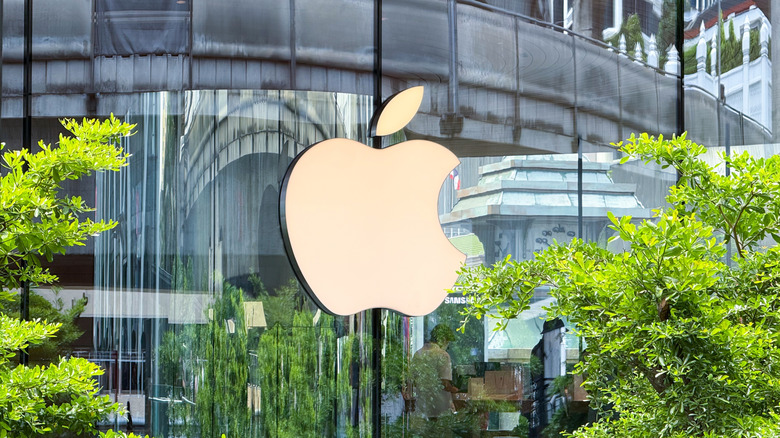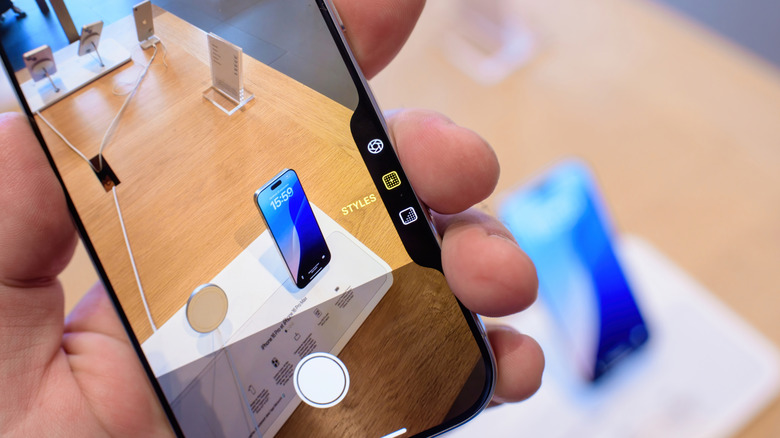iPhone 20 Could Feature Solid-State Buttons - Here's What That Means
Apple is widely expected to celebrate the 20th iPhone anniversary in 2027 by launching a special iPhone 20 design. Apple did the same thing with the iPhone X in 2017, which marked the iPhone's 10th birthday. Like the iPhone X, the iPhone 20 should introduce a few design elements and features that Apple then might use across its iPhone lineup. The iPhone X introduced OLED panels with thin, uniform bezels and a notch at the top that housed the Face ID authentication system. All these features were then used in the iPhone generations that followed. Previous reports said the iPhone 20 would introduce an all-glass design with the screen curving along all four edges. The handset might not feature a Dynamic Island cutout at the top. Instead, the Face ID and selfie camera components will be placed under the display.
A new report on Tuesday reveals another key design detail for the iPhone 20 model. A leaker said on Weibo that Apple will move forward with solid-state button technology, planning to introduce it with the iPhone 20 in 2027. According to Instant Digital, Apple has completed tests for solid-state buttons and plans to use the technology for all the iPhone 20 buttons, including the power button and Camera Control button on the right side and the Action button and volume keys on the left side.
Speaking of the Camera Control button (seen below in use), the report also notes that Apple plans to simplify it for next year's iPhone 18 series. Apple will reportedly eliminate the capacitive sensing layer but keep the pressure-sensitive tech that allows users to perform different actions depending on how they press the button.
What is solid-state button tech and why does the iPhone 20 need it?
Apple fans who follow iPhone rumors closely might remember the various solid-state button rumors that appeared online in the past three years. In October 2022, almost a year before the iPhone 15 launched, analyst Ming-Chi Kuo said the Pro models would feature solid-state buttons with additional Taptic Engines providing the vibrations. By April 2023, Kuo revised his prediction, saying Apple had abandoned the plan due to unresolved technical issues. Some reports said the feature would be postponed until 2024, but the iPhone 16 series did not feature solid-state buttons.
The technology refers to buttons that don't actually move when you press them. Solid-state buttons don't make a click when tapped, with the Taptic Engine providing the sensory experience. Apple has already used this button technology in the iPhone. The Touch ID home button on the iPhone 7 and other models was a solid-state button. The MacBook's trackpad features similar technology. The trackpad doesn't travel when pressed, it just simulates clicks.
The advantages of having solid-state buttons on the iPhone mainly concern durability. Buttons that don't travel when pressed require fewer parts. They might not break as easily. Moreover, solid-state buttons might help Apple improve water ingress protection. There are disadvantages as well. Solid-state buttons will require power to work. Also, the buttons need to work when the iPhone is placed in a case. If Instant Digital's information is accurate, Apple might have already solved any issues that prevented it from shipping the technology before the iPhone 20.

